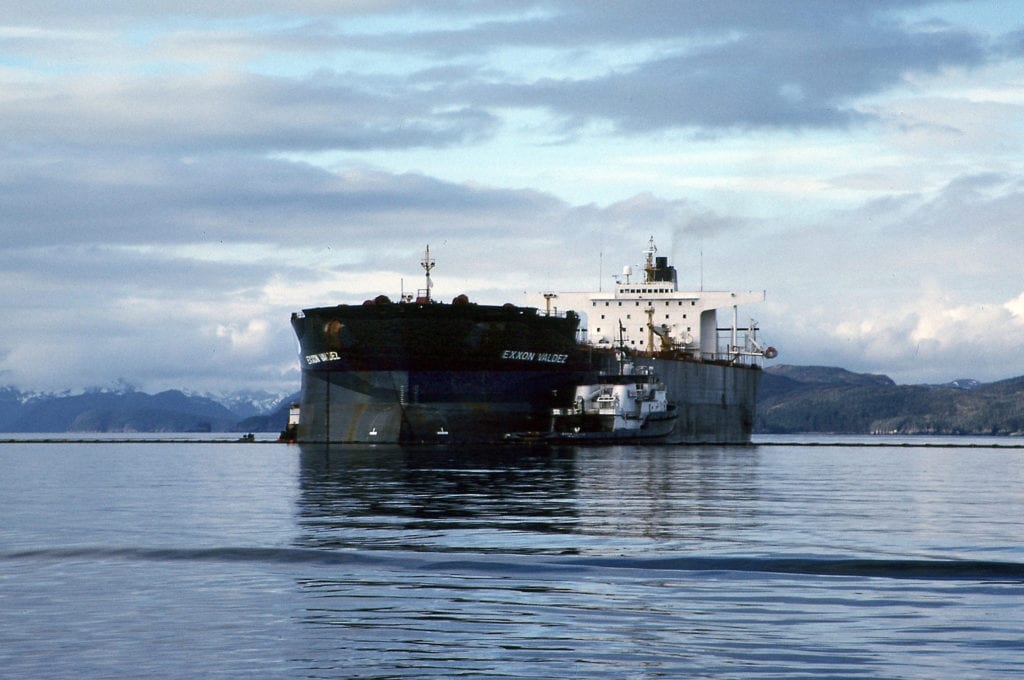
Trustees of the Exxon Valdez Oil Spill Trustee Council voted Wednesday, Oct. 14 to reject a proposal to transfer millions of dollars from the Exxon Valdez Oil Spill Restoration Trust to the Alaska Community Foundation.
The unanimous decision against moving some $140 million to the private foundation came two years after the Rasmuson Foundation had proposed moving the remaining funds obtained by the federal and state governments from Exxon through the 1991 oil spill consent decree.
The decision came after attorneys for the Justice Department and the Alaska Department of Law issued a strong legal opinion last month clarifying that the Rasmuson proposal would violate the consent decree establishing the restoration process, and would thus be illegal, noted Rick Steiner, a retired marine conservation professor with the University of Alaska, who was working in Cordova from 1983 through 1997, including the time of the Exxon Valdez oil spill disaster of March 24, 1989.
This is an appropriate rejection of a proposal that would have been a violation of the settlement reached by Exxon, the state and federal governments, said Steiner, who listed to the virtual meeting of the council.
Attorneys for the federal and state governments had advised the council earlier that the transfer of these millions of dollars would not be legal.
The attorneys noted that the 1994 Restoration Plan adopted by the trustee council after significant public comment provides long-term guidance for restoring injured resources and services and contains policies for the council’s selection and implementation of restoration projects. The council in 2010 approved a supplement to the restoration plan narrowing its focus to five categories: herring, lingering oil, long term monitoring of marine conditions and injured resources; harbor protection, marine restoration and lessons learned/outreach, and habitat acquisition and protection.
Steiner noted in a commentary published by the Anchorage Daily News in June, that just as in 2018, a private group convened by the Rasmuson Foundation was proposing that the entire remaining balance of the Exxon Valdez Oil Spill Restoration funds be transferred to the Alaska Community Foundation.
The “New Vision For EVOS,” said Steiner would have turned all responsibility for the government restoration process over to a politically conservative, non-governmental foundation that has absolutely no experience with environmental issues in general, oil spill Restoration in particular. The Alaska Community Foundation focuses on community development, education, the arts and humanities — not environmental issues. It simply cannot be trusted with an issue as important as the Exxon Valdez environmental restoration.”
Steiner said that proposal would have allocated most of the remaining millions of dollars to the Alaska SeaLife Center in Seward, the Prince William Sound Science Center in Cordova, the Chugach Heritage Foundation, the Alutiiq Museum in Kodiak and a research endowment.
While these may be laudable community development enterprises, he said. None of them would do anything to directly assist the environmental recovery of the impacted ecosystem, which must remain the singular focus of the restoration process.





